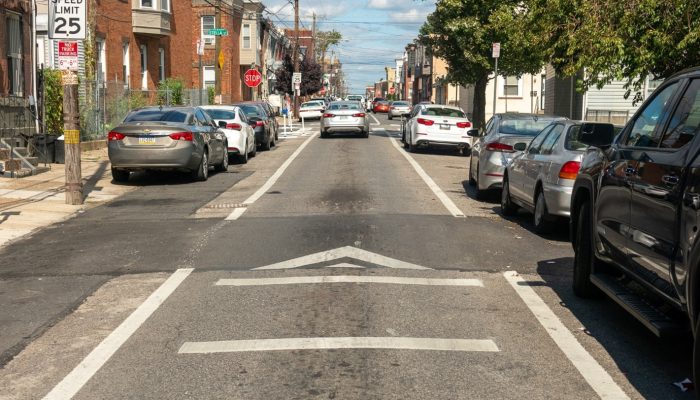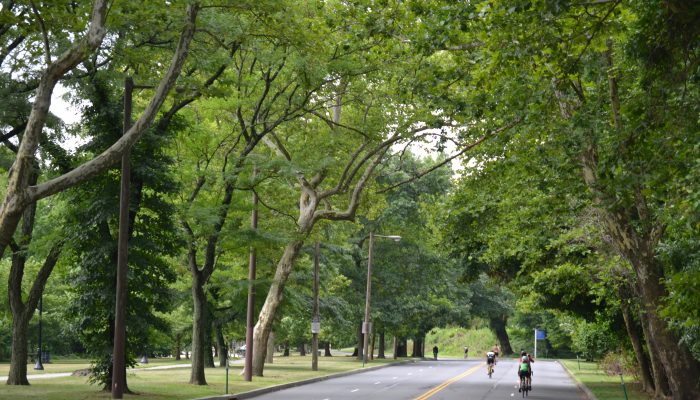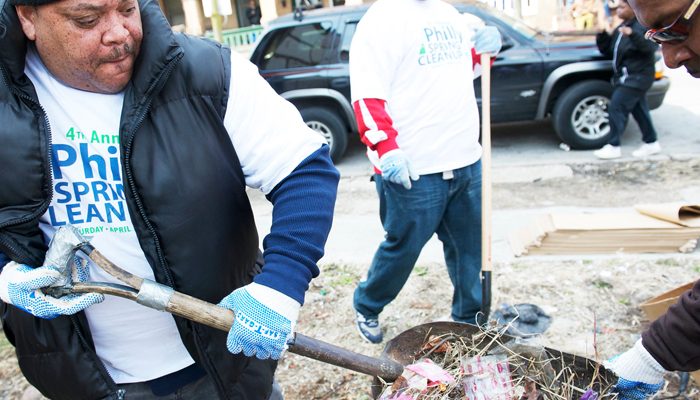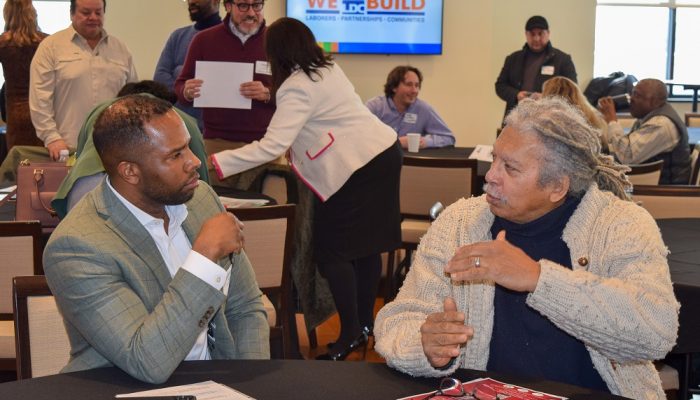The City has updated its traffic calming process to be more transparent, prompt, equitable, and citizen driven. Our aim is to reduce speeding and eliminate crashes on as many eligible City streets as possible, using equity to prioritize locations with a history of crashes. This change reflects Mayor Parker’s goal of making Philadelphia safer through government action that can be seen, touched, and felt on a neighborhood level.
What has changed?
It’s easier to make and track a request. All requests are sent through Philly311, online or by phone dialing 311. Through this new, automated process, applicants learn right away if their request is eligible.
More blocks are now eligible than in the past, but with demonstrated crash problems and where people walk more take priority. The new program allows traffic calming requests for more local streets than previously. Narrow neighborhood arterial streets and shorter blocks are now eligible to request speed cushions (eligible blocks must be greater than 400 feet long between stop signs or traffic signals, compared to previous requirement of greater than 1000 feet).
To make sure limited resources go where they’re most needed, each request is automatically scored when it’s received using existing data. Traffic calming requests will receive a higher score near places that generate a lot of walking traffic, like libraries and schools, or in community locations.
State-owned roadways and larger City arterial roadways are not eligible for the program, because they may need further detailed analysis and coordination to install speed cushions or other traffic calming treatments. Also, intersections are not eligible for the program. If the City receives a request for an intersection, staff will select one street block adjacent to the intersection for review.
More predictable review process. Residents can submit requests on a rolling basis and the City reviews requests with high priority scores approximately three times a year. Eligible requests stay in the system for three evaluation cycles if they are not prioritized for review, so it’s no longer necessary to resubmit.
Clear, direct communication throughout the process. Applicants will receive updates from the city when approved or denied and again when the request is closed. Applicants can contact Philly311 to confirm the City has received the request.
Staff time is focused on installing traffic calming measures. Thanks to the new, streamlined process, City staff can focus on the important work of getting interventions in place in neighborhoods that need them.
How the process works
- Check your eligibility with our map on the website.
- Submit a request form through Philly311.
- Requests receive preliminary priority score based on safety data, pedestrian activity near community places, and equity data.
- City reviews high priority requests approximately three times each year.
- Requesting resident will gather and submit neighborhood petition if the location passes preliminary review.
- Traffic calming treatments will be designed and installed.
How we created the new program
The traffic calming program update had the following goals:
- Boost Efficiency — Boost staff efficiency and continuously improve the program workflow.
- Be Transparent — Create a fair, transparent, timely, citizen-driven speed cushion request program. City programs work best when residents can see, feel, and touch the processes of change.
- Slow Traffic — Reduce speeding and crashes on as many eligible city streets as possible.
- Serve Communities — Make traffic safety improvements near pedestrian generators and community locations the top priority. Becoming a greener city is only possible when the safety and accessibility of all modes of transport are supported.
The city worked with multiple departments and a consultant team to evaluate data from various sources. The team interviewed past applicants, staff members, and councilmembers about the program’s challenges and studied what’s working for other cities.




